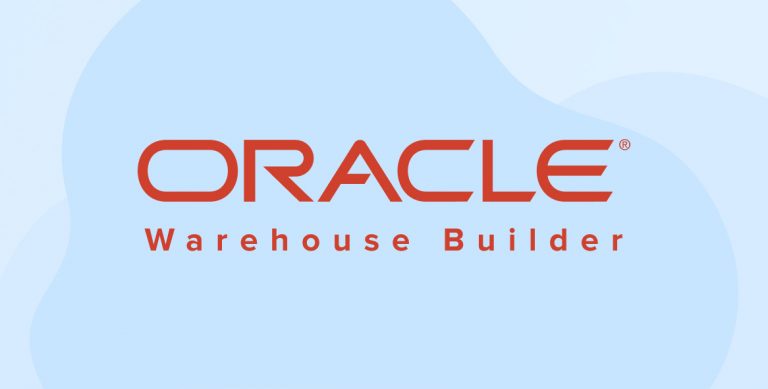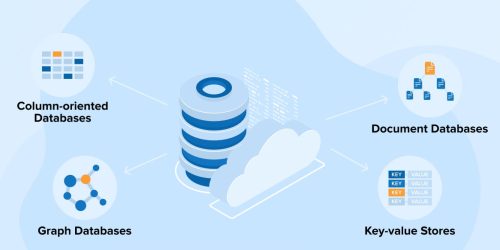Related Blogs

What is a Data Warehouse?
A data warehouse is a system that extracts, cleans, transforms and delivers source data into a relational or multidimensional data store and then supports as well as implements querying and data extraction for the purpose of analysis & faster decision making. It helps us in achieving the following:
- Delivering Historical Intelligence
- Saving Time
- Enhanced Business Intelligence
- Enhanced Data Quality and Consistency
Introduction of Oracle Warehouse Builder
It is a comprehensive ETL tool for enterprise solutions for end-to-end data integration which leverages database to transform poor quality data into high-quality information with auditing, fully integrated relational and dimensional modeling and full lifecycle management of source and meta data facilities that enables you to create data warehouses, consolidate data from disparate data sources, migrate data from legacy systems to provide quality information for managing corporate meta data.
Why Data Consolidation and Integration?
Many corporations have data dispersed on various platforms using data reporting and analysis tools. Data are stored in applications, databases, spreadsheets, flat files, and legacy systems. This diversity caused by organizational units working independently over a period of time or result of business mergers which results in poor quality data that provides an inconsistent view of the business.
To Transforming Poor Quality Data Into High Quality Information Requires
1. Access of Various Data Sources
Warehouse Builder leverages Oracle Database to establish transparent connections to numerous third-party databases, applications, files, and data stores.
2. Able to Extract, Transforms, and Loading Cleanses Data
Warehouse Builder provides an extensive library of data transformations for data types (text, numeric, date etc…) and it uses these transformations further to reconcile the data from different sources.
Before loading data into a new data store, data can be optionally profiled to evaluate its quality and appropriateness. Subsequently, data can be matched and merged using rules that are devised. User can validate name and address data against postal databases.
3. Audit Trails
Auditing deployment and execution information can provide valuable insights into how user target is being loaded and how user can further optimize mapping and process flow parameters.
4. Design Implementation For Different Applications
Using Warehouse Builder, data store (relational or multi-dimensional) can be designed and implemented by user’s applications.
Features of Oracle Warehouse Builder
- Integrates and Consolidates Data
- Manages total life cycle for metadata and filtered data with data auditing.
- Enables the extraction, transformation, and loading of data to produce quality information in the targeted database
- Presents visual environment to rapidly design and manage BI systems
- Prepares models for Multidimensional, Integrated and Relational data.
Subscribe to our Newsletter
Signup for our newsletter and join 2700+ global business executives and technology experts to receive handpicked industry insights and latest news
Build your Team
Want to Hire Skilled Developers?





Comments
Leave a message...